There are various airport components of an airport that make up the structure. The planning and design of these airport components are handled by architects and engineers.
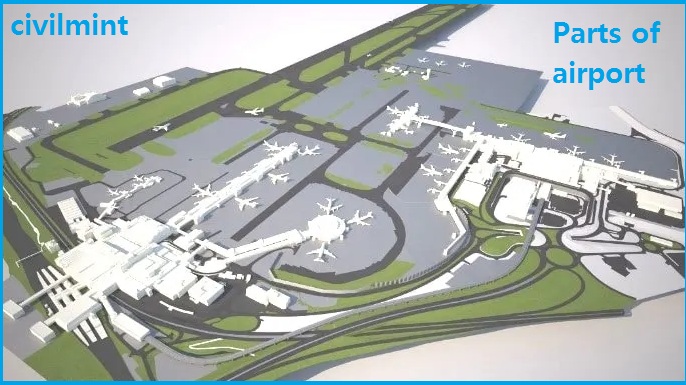
Each component of the airport has certain considerations. In general, there are two types of airports. One is an airport with a tower and an airport without a tower is a controlled or uncontrolled airport. Each type of airport followed almost the same pattern.
Table of Contents
Components of Airport
- Runway
- Taxiway
- Apron
- Terminal building
- Control tower
- Hanger
- Parking
1. Runway
Runway – a strip of land with a solid surface on which take-off and landing operations of aircraft are carried out. It is level with no obstructions. Runways have special markings that distinguish them from normal driveways. Likewise, after sunset, specially provided lighting helps the aircraft to land safely.
Many factors are considered when designing a runway. The direction of the runway must be in the direction of the wind. Occasionally crosswinds may occur, so for safety reasons, the second lane should be installed perpendicular to the mainline.
The number of runways at the airport depends on traffic conditions. If traffic moves more than 30 times per hour, another runway must be provided. Runways can be laid using bitumen or concrete. Although bitumen is economical, concrete runways have longer spans and require less maintenance. The width of the runway depends on the maximum size of the aircraft using the runway. The length of a runway is determined by various considerations such as ground clearance, air temperature, take-off altitude, and slope.
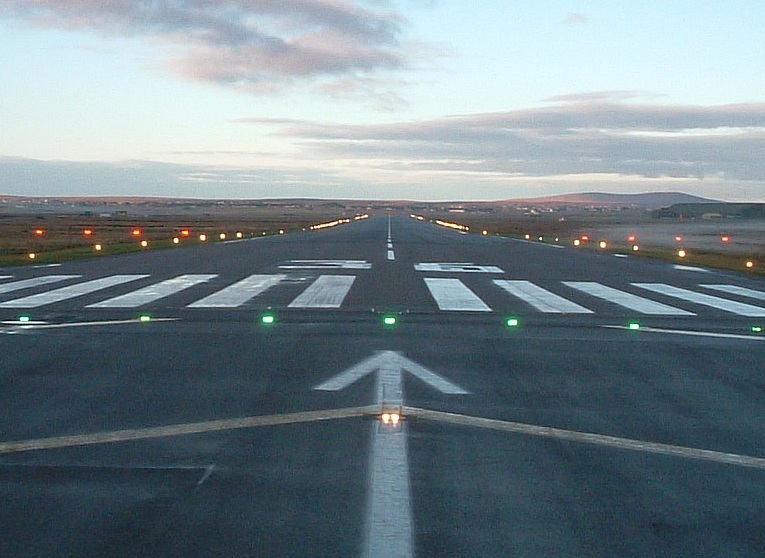
Different runway patterns:
- Single runway
- Two runways
- Hexagonal runway
- 45-degree runway
- 60-degree runway
- 60-degree parallel runway
Single Runway:
A single runway is the most common type. This is sufficient for low-traffic or occasional use airports. This runway lies in the direction of the wind in this particular area.
Two Runway:
The two runways consist of two runways positioned in different directions to account for crosswinds or wind conditions in a particular area. Runways can be L-shaped, T-shaped, or X-shaped.
Hexagonal Runway:
This is a modern example of a runway laying system. Where take-off and landing of aircraft can be permitted at any time without hindrance. Best for high-traffic or busiest airports.
45 Degree Runway:
A 45-degree runway is selected when the wind range is greater for the same aerodrome capacity. Also known as a four-lane runway.
60 Degree Runway:
When the winds in this area blow in multiple directions, it is difficult to decide which direction to lay the runway in. In this case, a 60-degree runway is chosen that looks like a triangular arrangement of the runway.
2. Taxiway
A taxiway is a route that connects both ends of a runway to an airport terminal, apron, hanger, etc., and is covered with a runway such as asphalt or concrete. In modern airports, taxiways are positioned at a 30-degree angle to the runway so that aircraft can easily move from one runway to another. The turning radius between the taxiway and the runway should be at least 1.5 times the taxiway width.
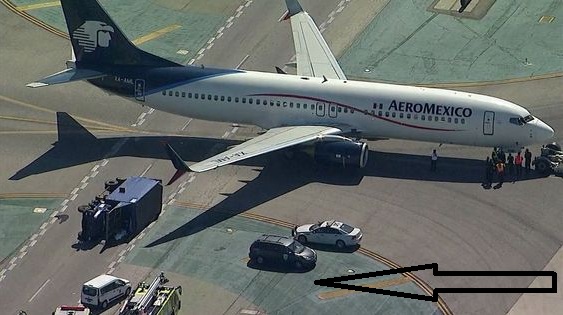
3. Apron
An apron is a place used as an aircraft parking space. It is also used for loading and unloading aircraft. Aprons are usually packed and placed in front of a terminal building or next to a hanger. The size of the apron area and the design of the apron are usually dictated by the number of aircraft expected at the airport. The design also takes into account the characteristics of the aircraft. Adequate drainage must be provided with a suitable pavement slope. Sufficient clearance must be provided to allow aircraft to pass through each other.
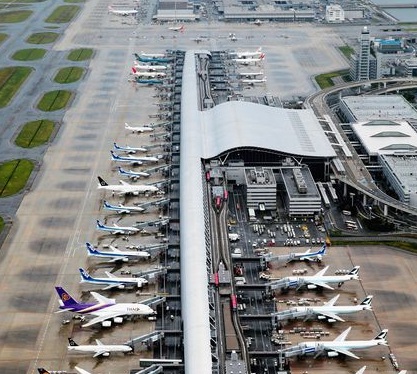
4. Terminal Building
The terminal building is where the airport’s administrative offices are located. This building conducts pre-and post-travel inspections of passengers. Lounges and cafes are provided for passengers. Passengers can enter the aircraft directly from the terminal building via bridges, walkways, etc. Likewise, aircraft passengers enter directly into the terminal building.
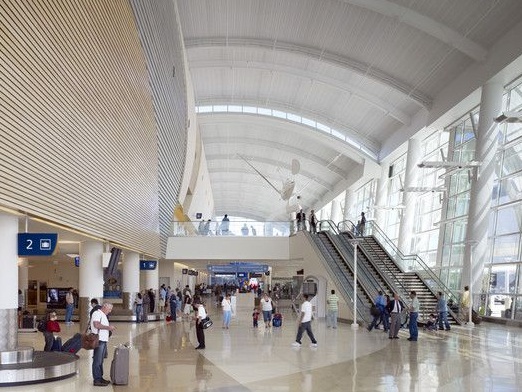
5. Control Tower
A control tower is a place that controls aircraft in a specific area, whether on the ground or in the air. Surveillance is performed by the dispatcher using radar and the information is transmitted wirelessly. The tower’s controller observes all aircraft in the area and informs the pilot of movements at the airport, landing route, visibility, wind speed, runway details, etc., and the pilot makes and attempts to make a decision. safe landing. So the control tower is like the nervous system of an airport.
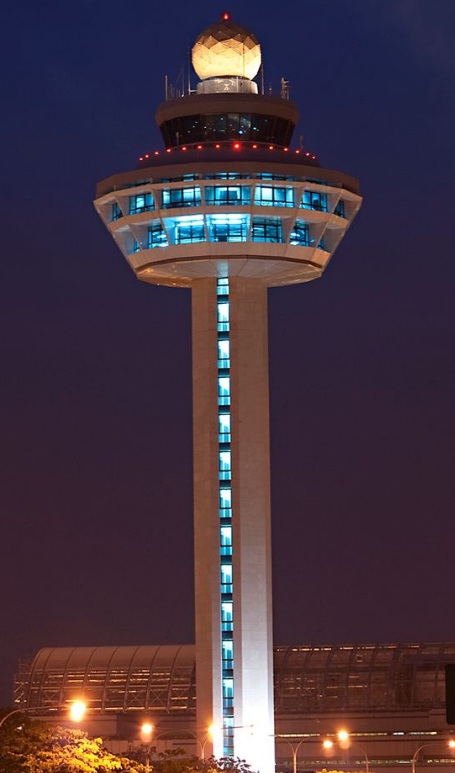
6. Hanger
A hanger is a place where aircraft are repaired and maintained. A taxiway connects the hangar to the runway, allowing easy access to the hanger when aircraft need repair. It was built as a large barn using steel trusses and frames. For hangers, a large area must be provided for the comfortable movement of aircraft.
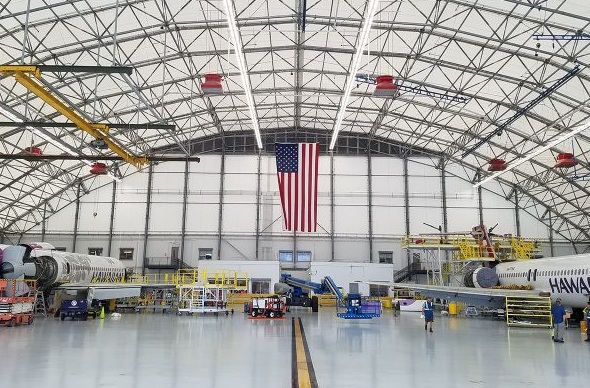
7. Parking
A designated area for the parking of airport personnel or passenger vehicles is located outside the terminal building or in the basement of the terminal building.
